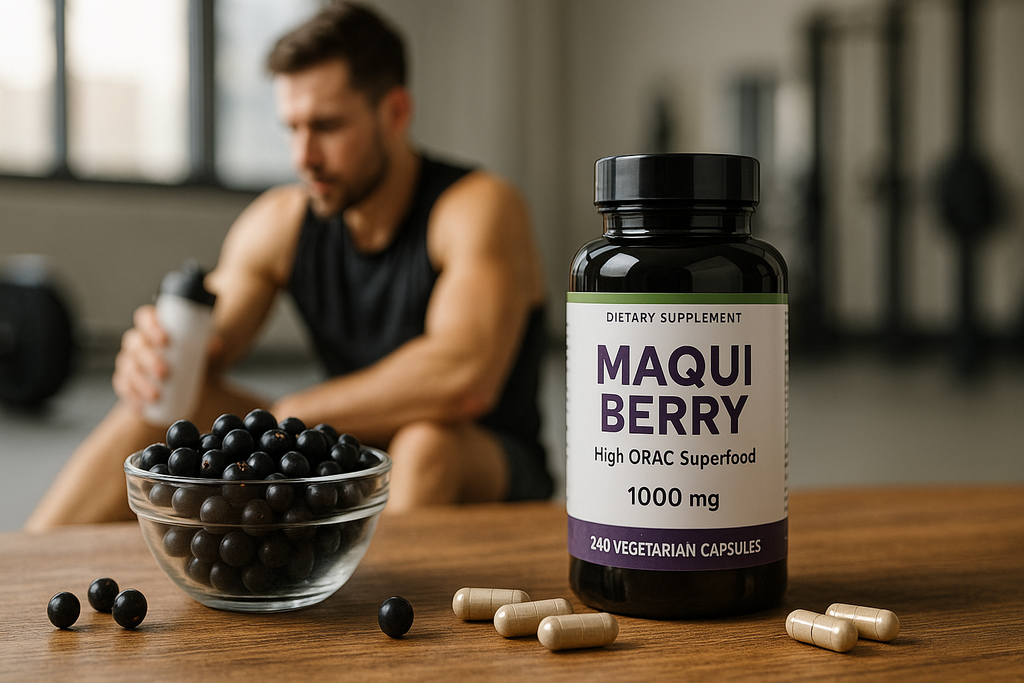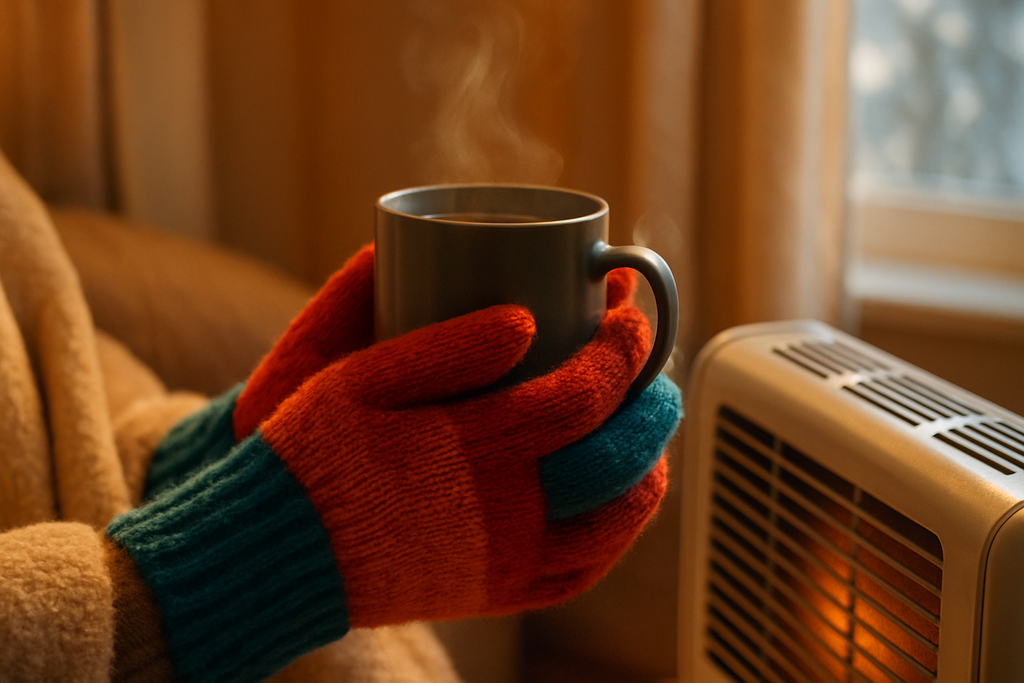News — circulation support
The Ultimate Guide to Post-Workout Polyphenols for Recovery & Performance
anthocyanin-rich foods antioxidant for training antioxidant support best recovery nutrients circulation support DOMS relief high ORAC polyphenols inflammation after exercise Maqui berry benefits Maqui berry capsules muscle repair supplements muscle soreness remedy natural NSAID alternative natural workout recovery polyphenol supplements polyphenol timing polyphenols for athletes post-training inflammation post-workout polyphenols
If you've been hitting the gym hard or pushing your limits with endurance training, you're likely familiar with the soreness, fatigue, and inflammation that follow an intense workout. While protein and electrolytes often get all the post-workout attention, there's a lesser-known powerhouse group of nutrients that deserves the spotlight: polyphenols.
Polyphenols are potent plant compounds known for their antioxidant, anti-inflammatory, and recovery-enhancing properties. From reducing muscle soreness to speeding up repair, they offer athletes and fitness enthusiasts a natural edge. In this guide, we’ll explore what polyphenols are, how they benefit your body after exercise, and why options like Maqui Berry – High ORAC Superfood are gaining popularity as post-workout essentials.
Beyond Just Cold Hands: Understanding Raynaud’s Disease & How to Manage It
autoimmune disease blood vessel constriction circulation support cold hands and feet cold-induced vasospasm finger color changes fingertip numbness managing Raynaud’s natural remedies for Raynaud’s omega-3 for circulation poor circulation primary Raynaud's Raynaud's disease Raynaud's syndrome Raynaud’s treatment Raynaud’s triggers secondary Raynaud's vascular health vasospasm winter hand care
We’ve all experienced chilly fingers on a cold day—but for people with Raynaud’s disease, cold hands are more than just uncomfortable. They can turn ghostly white, then blue, and finally red as circulation cuts off and painfully returns. This dramatic color change is the hallmark of Raynaud’s, a condition that affects blood flow to certain parts of the body—most commonly the fingers and toes.
Though often dismissed as a nuisance, Raynaud’s can be a sign of an underlying autoimmune disorder or circulatory issue. For others, it exists on its own, still impacting daily comfort and function. Whether mild or linked to more serious conditions, Raynaud’s deserves attention. In this guide, we’ll unpack what causes Raynaud’s, how to tell if you have it, and what steps can help you manage symptoms and protect your circulation.


